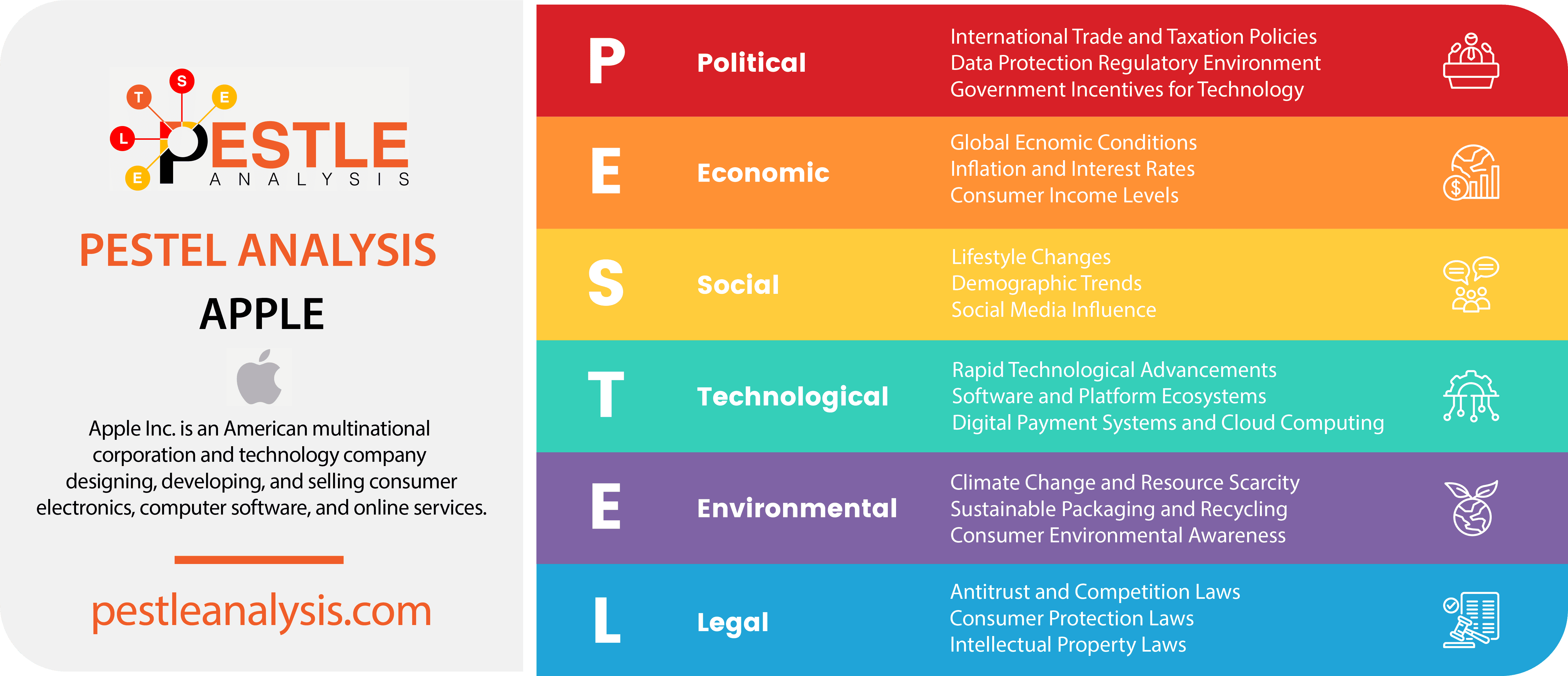Social factors are external factors affecting business, such as cultural changes, and trends in society and are used in PESTLE analysis for business planning.
What are social factors in PESTLE Analysis, how can they affect a business, and what's a thorough list of social factors, explaining each one with examples? That's what I'm discussing here today at PESTLEanalysis, since social factors are a key component in quite a few types of analysis in business. In the next 8 minutes, you'll know everything you need to know about social factors. Let's begin.
What are the Social Factors in business?
Social factors are external factors affecting businesses and organizations, and they come from society and consumers themselves. These include social and cultural changes, trends and patterns in society. Think of societal trends, demographics, cultural norms, lifestyle changes, education levels, and societal attitudes toward certain issues or products. We'll examine these factors more thoroughly with examples below.
But before that and since the social factors’ definition is out of the way, the question now is: Why are social factors important? To answer that, we have to introduce an analysis called PESTLE.
What is a PESTLE Analysis?
PESTLE analysis is the best framework used by business and project managers to assess Political, Economic, Social, Technological, Legal, and Environmental factors that affect a company or an entire industry. It’s better explained with examples like we did here.
Here is a sample of a PESTLE analysis we did on Apple. Notice that social factors in PESTLE analysis are third on the list.

Social factors are present in other types of analysis, such as:
Why studying social factors is important in business
Using the analyses above, business managers can explore a business's external environment and how external factors out of their control can impact the business operation and future planning.
There is no doubt that society is continually changing. The tastes and fashions are a great example of this change. One of the most significant differences is the growing popularity of social media. Social networking sites have become very popular among younger people. The young consumers have grown used to mobile phones and computers.
The younger generation also prefers to use digital technology to shop online. Older people will perhaps stick to their traditional methods. The effect of changing society is often discussed. You must also understand that these changing factors have a toll on businesses too. Changes in social factors can impact a firm in many different ways. Changing income levels will significantly affect people's spending.
To understand the impacts better, you might need to study the factors in detail. Most companies analyze population growth and age structure. They also show interest in consumer attitudes and lifestyle changes. Your analysis can show if there are faults in your business or marketing strategy. It can also help find new ideas.
Social Factors Affecting Business
Below is a list of social factors which impact customer needs and the size of markets:
- Lifestyles
- Buying habits
- Education level
- Emphasis on safety
- Religion and beliefs
- Health consciousness
- Sex distribution
- Average disposable income level
- Social classes
- Family size and structure
- Minorities
- Attitudes toward saving and investing
- Attitudes toward green or ecological products
- Attitudes toward renewable energy
- Population growth rate
- Immigration and emigration rates
- Age distribution and life expectancy rates
- Attitudes toward imported products and services
- Attitudes toward work, career, leisure, and retirement
- Attitudes toward customer service and product quality
The social aspect focuses on the forces within society. Family, friends, colleagues, neighbors, and the media are social factors. These factors can affect our attitudes, opinions, and interests. So, it can impact the sales of products and revenues earned.
The social factors shape who we are as people. It affects how we behave and what we buy. A good example is how people’s attitude towards diet and health is changing in the UK. Because of this, UK businesses are seeing some changes. More people are joining fitness clubs. There is also a massive growth in demand for organic food.
Products often take advantage of social factors. The Wii Fit, for instance, attempt to deal with society’s concern about children’s lack of exercise.
Population changes are also directly affecting organizations. The supply and demand of goods and services in an economy can change with the structure of the population. A decline in birth rates means demand will decrease. It also indicates greater competition as the total consumers fall.
World food shortage predictions can lead to call for more investment in food production. An increase in the world’s population can have the same effect. African countries like Uganda are facing food shortages. They are reconsidering the rejection of genetically modified foods now.
Organizations should be able to offer products and services which aim to benefit people’s lifestyle. The offerings should complement customers’ behavior. Not reacting to changes in society can be a costly mistake. They might lose market share. Demand for their products and services will fall.
Social factors examples
I have added some examples of how renowned companies use the analysis. Read below to see how social changes affect PepsiCo and Nokia.
Social factors impacting PepsiCo
The analysis shows that social factors impact the beverage company greatly. The key reason behind this is perhaps that Pepsi is a non-alcoholic beverage. It has to maintain strict differences in cultures around the world.
It is essential that Pepsi communicates its image as a global brand to change people’s perceptions. The company expects its buyers to be able to think of their drink as something which connects the world together. The social implications are visible in marketing campaigns most of the time.
For example, the religious festivals featured in TVC ads vary based on cultures. Pepsi has to value all the festivals in order to relate to their market. Reacting to the social factor can help Pepsi cash upon the opportunity.
Social factors impacting Nokia
Before Microsoft acquired Nokia, it was operating mostly in the Western market. It was important to fully understand the social factors in these markets. The main issues were the culture of the society. Nokia had to make efforts to keep its products updated as the buyers saw it as a fashion icon.
Recommended: SWOT analysis of Nokia
Consumers are always seeking the best-looking smartphones. This is because people tend to judge each other’s fashion sense based on the choice of mobile phone.
The rising trend in smartphones means when buyers purchase new mobile phones, they are less inclined toward standard mobile phones. The social trend is to buy smartphones. Nokia’s task was to be aware of this. Upon finding out, the company decided to channel most of its efforts into developing new smartphones. The new phones would also compete with their rivals’ products. This is how companies keep up with the social trends of their consumers.



